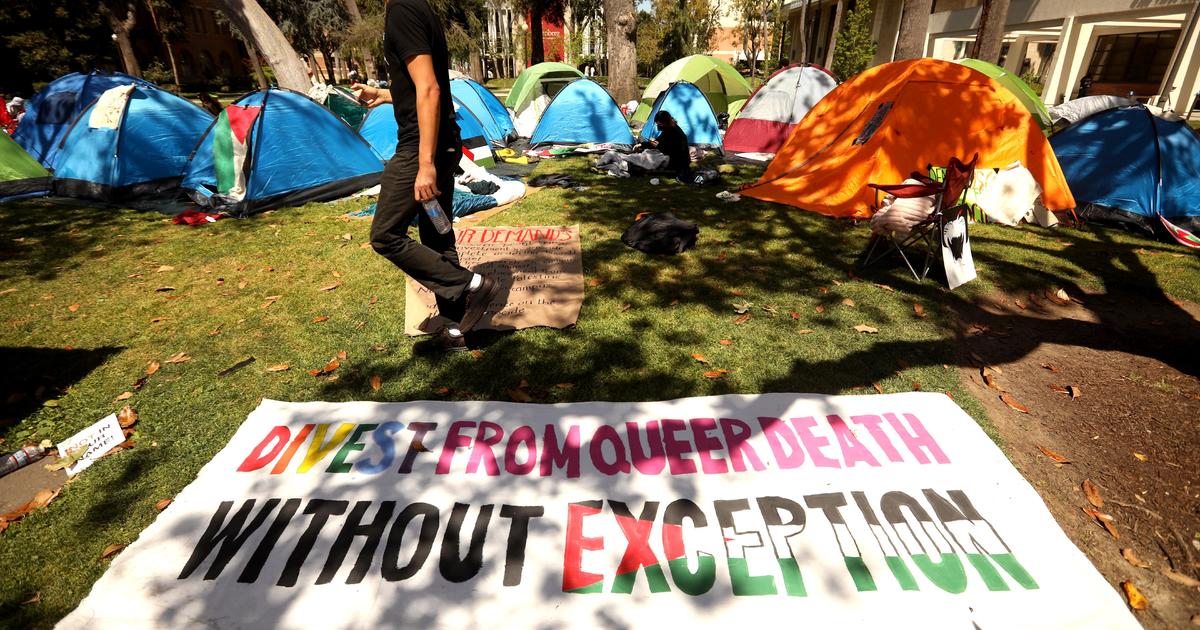LAUSD Students Share HIV/STD Statuses Via Text Message
LOS ANGELES (CBSLA.com) — The Los Angeles Unified School District is taking part in a program to educate middle and high school students about how to share their HIV and STD statuses with their cell phones.
Health teachers in grades 7 through 12 had access to information regarding the services provided by Qpid.me since the program debuted earlier this year, LAUSD officials said.
Described by district officials as a sex education prevention resource accessed by secondary health teachers, Qpid.me allows users to obtain, store and privately share their health records and HIV/STD statuses.
While it is not part of the district's health education curriculum, the website is being offered as an added sex education resource by displaying Qpid.me posters in classrooms to encourage students to utilize the tool as a supplement, officials said.
One of the methods used to educate students on Qpid's services is a three-minute YouTube video that shows how to obtain STD results for former Miss California 2009 Tami Farrell.
After urging students to take out their phones, the video's narrator asks, "How often are you allowed to use your cell phone in class?"
Students are then shown how users can text message a code to receive information that, in this case, shows Farrell tested negative for HIV, and chlamydia.
The free service allows students as young as 12 years old to find a "teen-friendly" testing location, access their results online, and then confidentially share their status if they choose.
State law allows for children 12 or older to consent to medical care involving the prevention of sexually transmitted disease without parental consent.
Some Los Angeles school campuses that have partnered with Qpid include Lincoln High School, Metropolitan High School, Roosevelt High School, Jefferson High School, and Holmes Avenue School, according to the company's website.
Tim Kordic, Program Manager for the LAUSD HIV/AIDS Prevention Unit, said the program allows school officials to capitalize on emerging technology to engage students in sex education.
"They not only want this type of resource; they are excited about it," said Kordic. "We have the opportunity to avoid misuse and take advantage of the technology so it works for us."
A CDC study released in 2011 found that 39 percent of high school students had sexual intercourse at least once, with 6 percent of students doing so for the first time before turning 13 years old.



